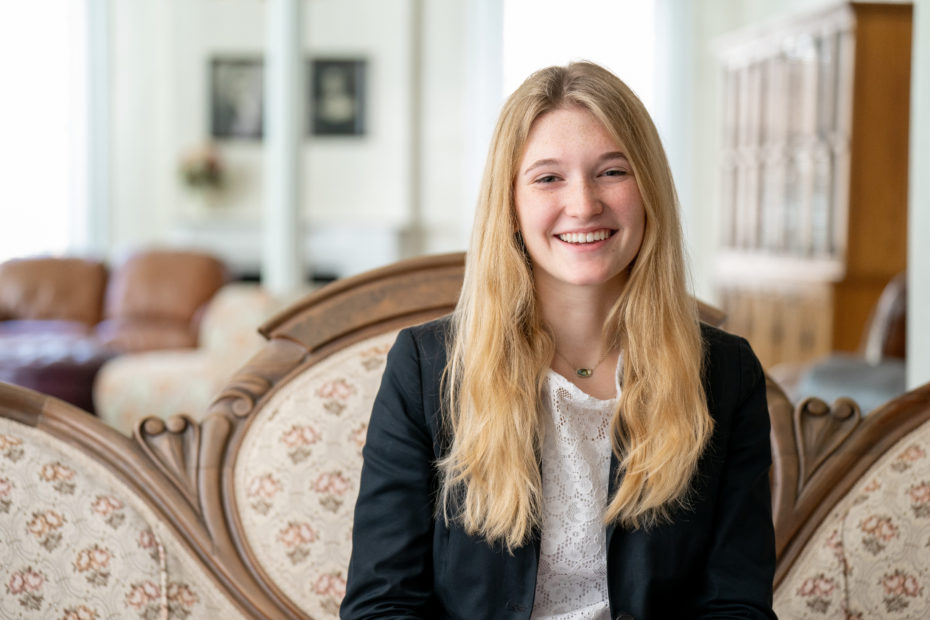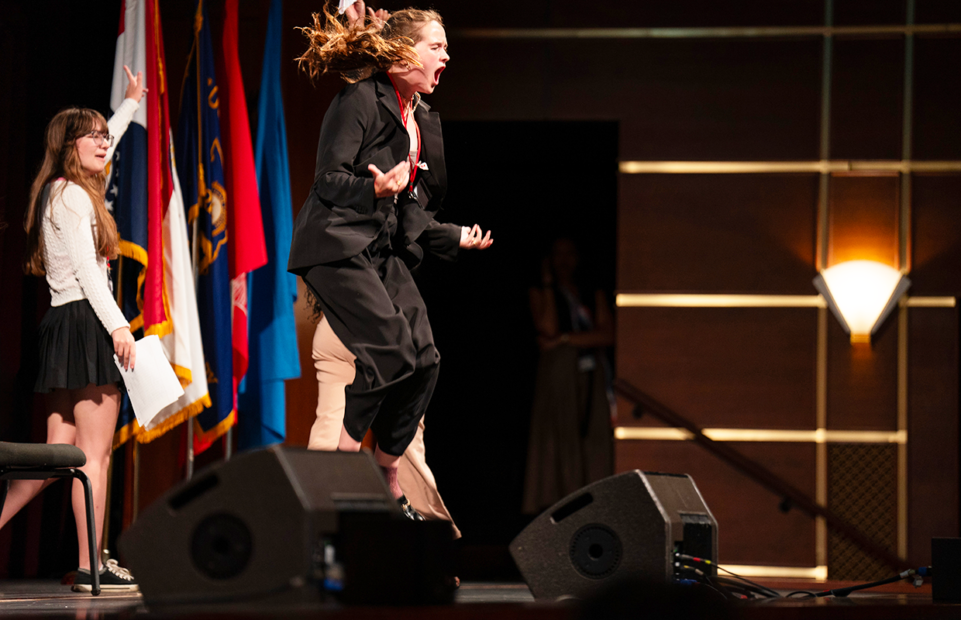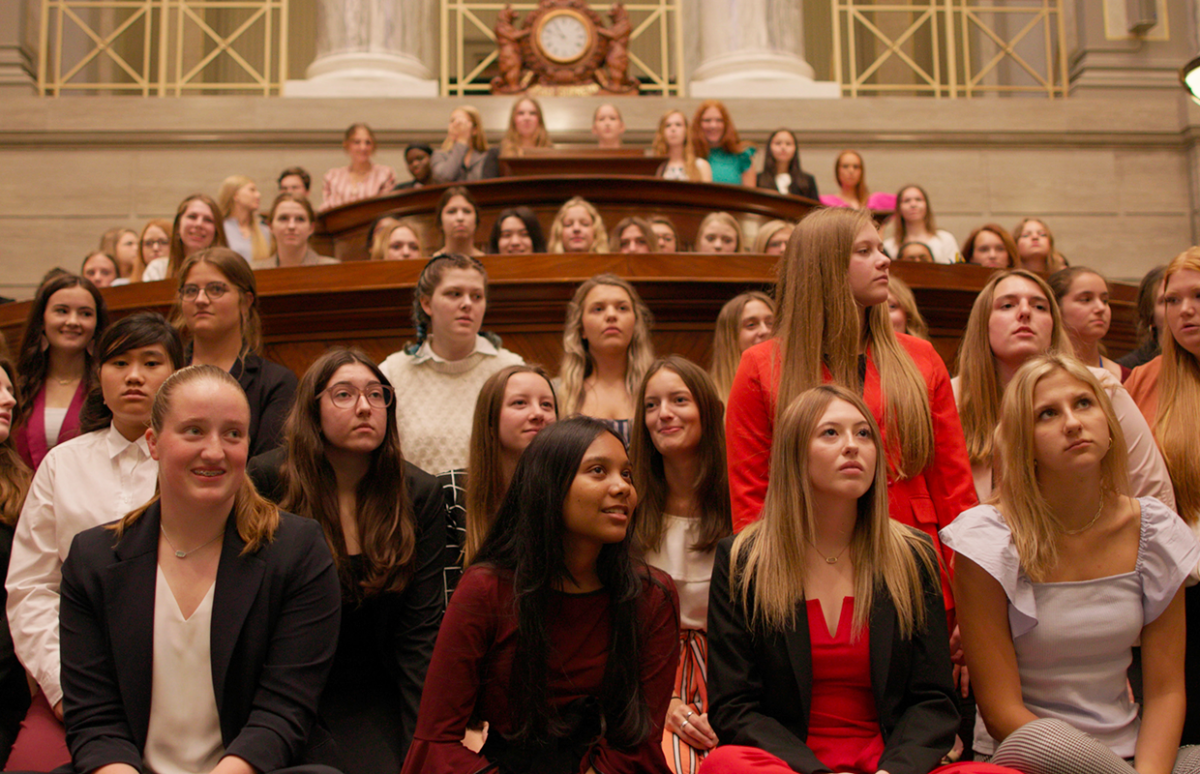A new documentary, Girls State, looks at a social experiment where 500 girls from Missouri try to form a government, running for positions like Governor and Supreme Court Justices. It makes a fascinating contrast with the award-winning 2020 documentary by the same team following 1000 boys in Texas participating in the same national project.
Both the Boys State and Girls State projects began in the 1930s, and exist all over the country. Boys State is run by veterans’ organisation the American Legion. Girls State is run by its sister organisation, mainly for wives of military, the American Legion Auxiliary. Over a week, a group of high-school students, either in or about to start their senior year, gathers to form a state government, debating issues and electing officials out of their number.

Husband-and-wife documentary team Jesse Moss and Amanda McBaine were intrigued to find out how the projects worked. They interviewed participants ahead of the campus weeks to identify who to focus on. Boys State won the Sundance Grand Jury Documentary Prize.
Boys State followed the project in 2018 in Texas, a notoriously conservative state. For the new documentary, filmed in 2022, the filmmakers chose Missouri, which is considered more evenly balanced politically. Missouri has two Republican Senators but two out of its eight members of the House of Representatives are Democrats, including the very progressive Cori Bush.

The trailers for the two films seem to show that the women’s project had a much more cooperative, less combative, style of interaction than the men’s. This could be considered a good thing, a better way to get things done, and a compelling reason why it is important to have women in the political arena. However, the full Girls State documentary reveals that the girls complained that they were actively encouraged by the organisers to be softer, less strident, more “feminine”. Which might well disserve them if they try to get into politics in the real world.
Missouri held both the boys’ and girls’ projects the same week on the same campus, which led to the participants comparing notes. The female participants noticed discrepancies in the way the two groups were treated. Eight hundred boys were invited, but only five hundred girls. Only the girls had a dress code, and a buddy system which meant they couldn’t go anywhere alone (the organisers said for their safety). Furthermore, one of the female participants, Emily Worthmore, found out that the boys’ project received $600,000 funding whereas the girls’ one only received $200,000, barely more than half the budget per participant.
National, real-life politics loomed large over the project week. A leaked document from the Supreme Court had given a warning that leak suggested that the Supreme Court was likely to overturn its 1973 Roe v Wade decision on abortion rights just before the participants arrived for Girls State, which made the debates on the subject during the week much more realistic.
Girl State
Streaming on Apple TV+
> U.S. Presidential Marathon
> Caucus vs Primary
> Explaining the Electoral College
> What’s Going On in the U.S. Congress?
Tag(s) : "Democrat" "elections" "gender representation" "president" "Republican" "traditions" "TV series" "U.S. culture" "U.S. history" "U.S. politics" "women in politics"





